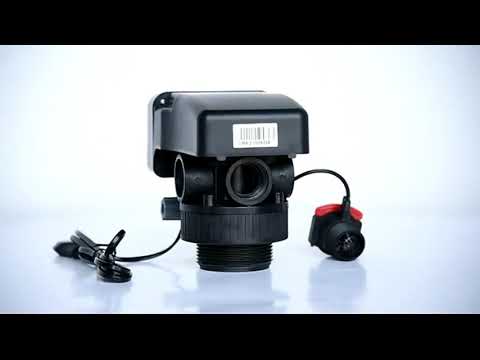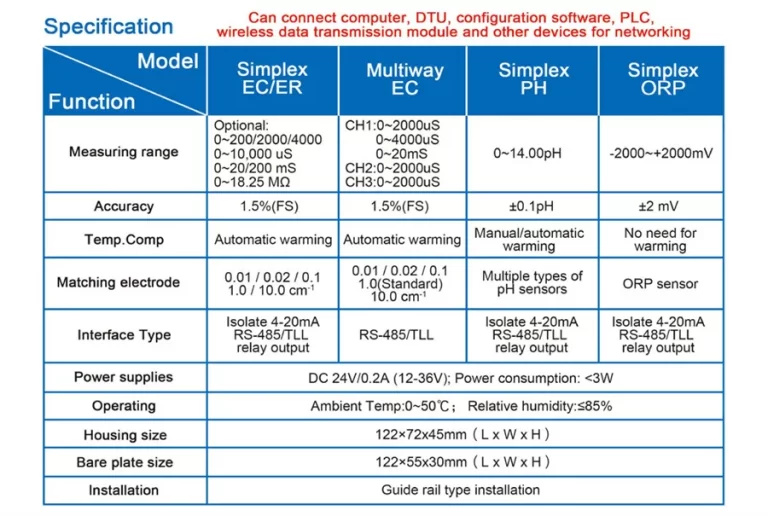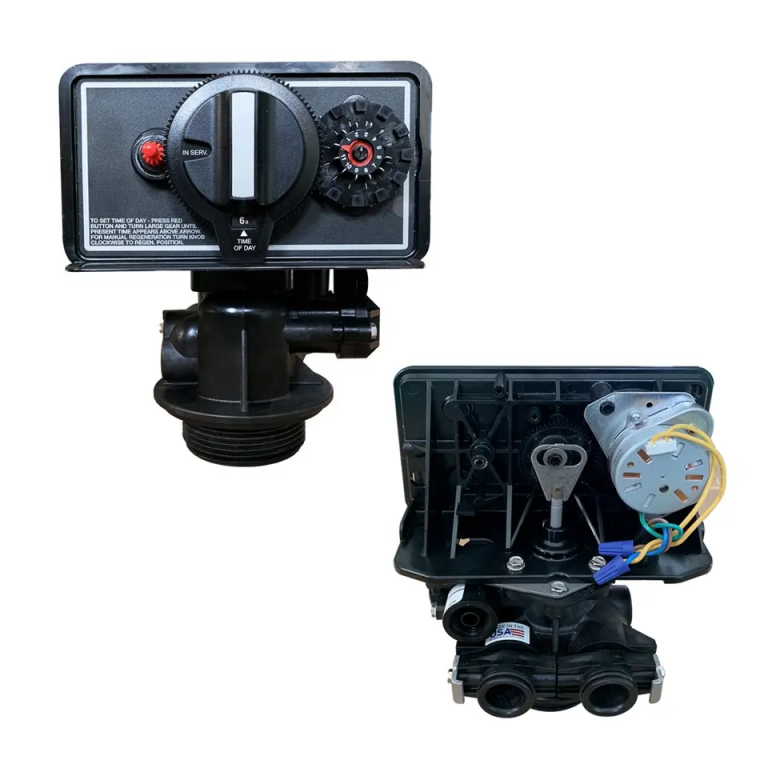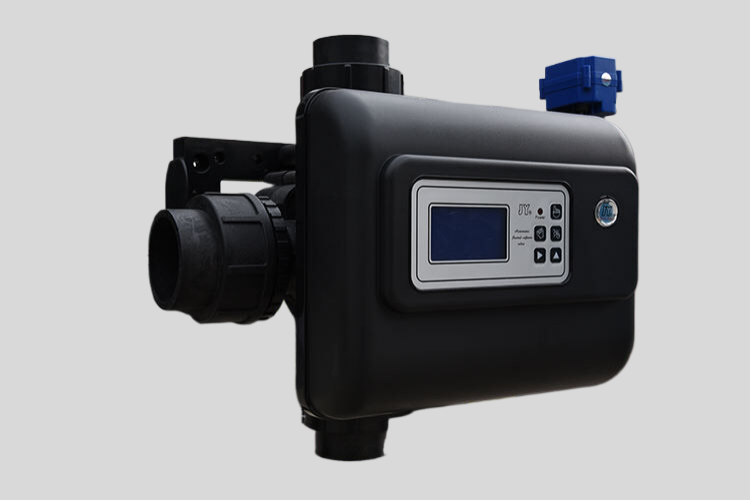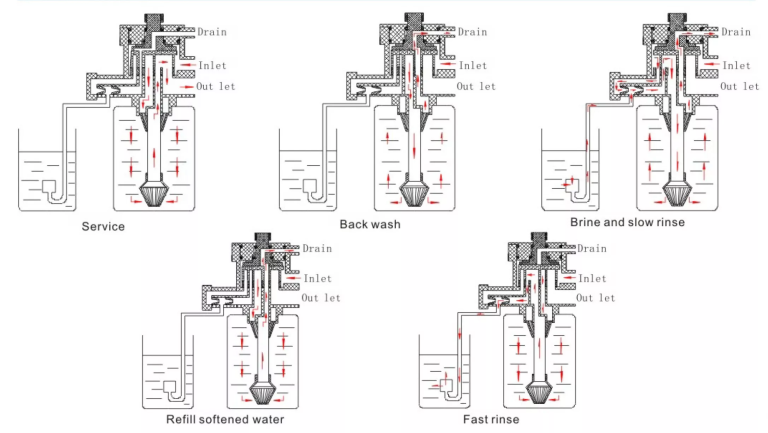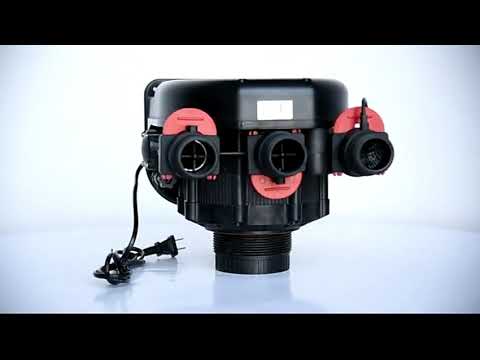Table of Contents
Benefits of Installing a bypass water softener Valve
Water softeners are a popular choice for homeowners looking to improve the quality of their water. These devices work by removing minerals such as calcium and magnesium from the water, which can cause a variety of issues including scale buildup in pipes and appliances, as well as dry skin and hair. While water softeners are effective at improving water quality, there are times when it may be necessary to bypass the water softener valve.
| Model | Category | Water Capacity m3/h | LCD | LED | ICON | DIODE |
| CV-2 | Automatic Drain Valve | 0.5 |
Another benefit of installing a bypass water softener valve is the ability to perform maintenance on the water softener itself. Over time, water softeners can become clogged with mineral deposits, reducing their effectiveness. By bypassing the water softener valve, you can easily shut off the flow of water to the softener, making it easier to clean and maintain.
In addition to making maintenance easier, installing a bypass water softener valve can also extend the life of your water softener. By bypassing the softener when it is not needed, you can reduce the wear and tear on the device, helping it to last longer and operate more efficiently.

Installing a bypass water softener valve is a relatively simple process that can be done by most homeowners. The first step is to locate the water softener valve, which is typically located near the main water line in your home. Once you have located the valve, you will need to shut off the water supply to the softener.
Next, you will need to install the bypass valve, which is a small device that allows you to redirect the flow of water around the water softener. This can typically be done by connecting the bypass valve to the inlet and outlet ports of the water softener, using the appropriate fittings and connectors.
| Model: Automatic softener Valve | ASDU2 -LCD/LED |
| Working Position | Service->Back Wash->Downflow Brine and slow rinse->Refill -> Fast rinse->Service. |
| Service->Back Wash->Upflow Brine and slow rinse->Refill -> Fast rinse->Service. | |
| Regeneration mode | Automatic type |
| Meter Delay | |
| Meter immediate | |
| Intelligent Meter Delay | |
| Intelligent Meter Immediate | |
| Timer by day : 0-99 days | |
| Timer by hours: 0-99 hours | |
| Inlet | 1/2” 3/4” 1” |
| Outlet | 1/2” 3/4” 1” |
| Drain | 1/2” |
| Base | 2-1/2” |
| Riser pipe | 1.05” OD |
| Water Capacity | 2m3/h |
| Working Pressure | 0.15-0.6Mpa |
| Working Temperature | 5-50 °C |
| Power Supply | AC100-240 / 50-60Hz / DC12V-1.5A |
Once the bypass valve is installed, you can easily switch between softened and unsoftened water by turning the valve on or off. This can be particularly useful in situations where you need to quickly switch between the two types of water, such as when filling a swimming pool or watering a garden.
In conclusion, installing a bypass water softener valve can offer a variety of benefits for homeowners. From making maintenance easier to extending the life of your water softener, a bypass valve can be a valuable addition to your home’s water treatment system. If you are considering installing a water softener, be sure to also consider adding a bypass valve to make the most of your investment.
How to Properly Maintain and Troubleshoot a bypass water softener Valve
Water softeners are essential appliances in many households, as they help to remove minerals such as calcium and magnesium from the water supply. However, like any other appliance, water softeners can experience issues that may require troubleshooting and maintenance. One common problem that homeowners may encounter is a bypass water softener valve that is not functioning properly.
When a bypass water softener valve is not working correctly, it can prevent the softener from effectively treating the water, leading to hard water issues in the home. In order to properly maintain and troubleshoot a bypass water softener valve, there are a few key steps that homeowners can take.
The first step in troubleshooting a bypass water softener valve is to check for any visible signs of damage or wear. Inspect the valve for any cracks, leaks, or corrosion that may be affecting its performance. If any damage is found, it may be necessary to replace the valve in order to restore proper function to the water softener.
If no visible damage is present, the next step is to check the valve settings. Ensure that the valve is set to the correct position for normal operation. If the valve is set to bypass mode, the water softener will not be able to treat the water properly. Adjust the valve to the correct position according to the manufacturer’s instructions.
Another common issue that can affect the performance of a bypass water softener valve is a blockage or obstruction in the valve. Over time, debris and mineral buildup can accumulate in the valve, preventing it from operating smoothly. To address this issue, the valve can be disassembled and cleaned thoroughly to remove any obstructions.
In some cases, the bypass water softener valve may be stuck or jammed, preventing it from moving into the correct position. This can be caused by a variety of factors, such as a faulty motor or mechanical issue. If the valve is stuck, it may be necessary to call a professional technician to diagnose and repair the problem.
Regular maintenance is key to preventing issues with a bypass water softener valve. It is recommended to clean and inspect the valve periodically to ensure that it is functioning properly. Additionally, following the manufacturer’s guidelines for maintenance and care can help to prolong the life of the valve and prevent costly repairs.
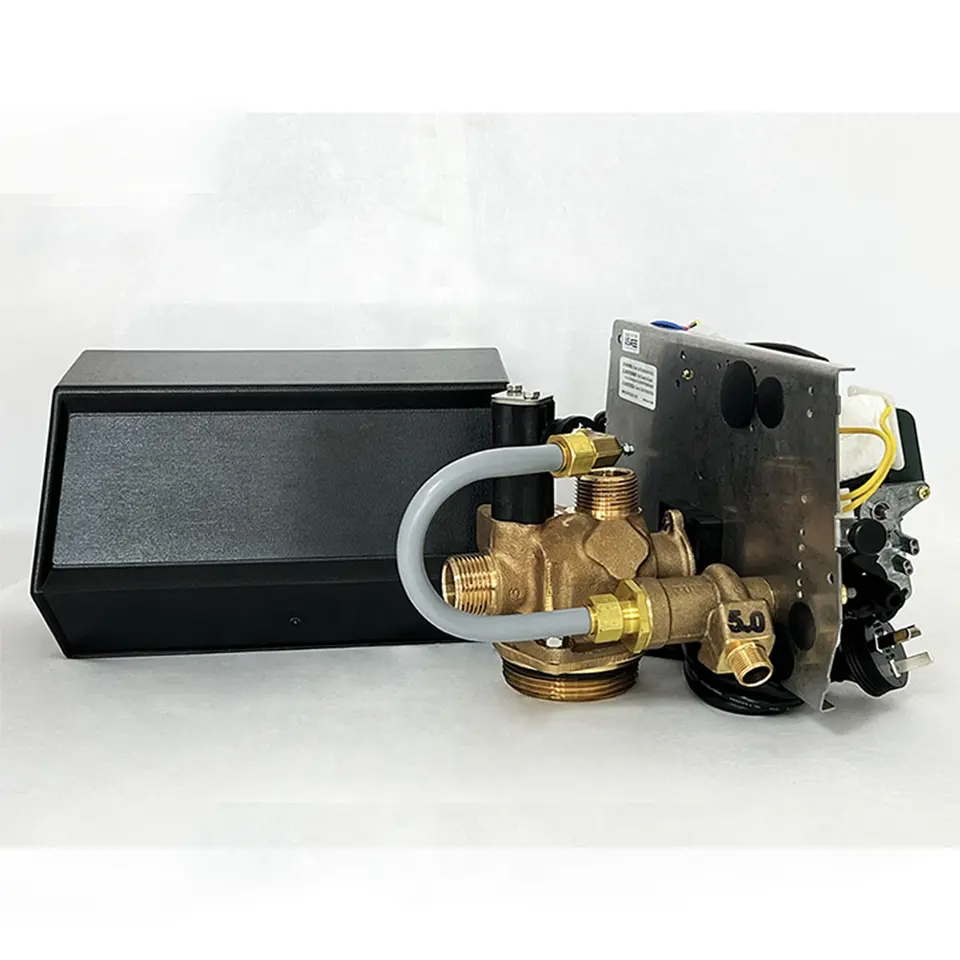
In conclusion, a bypass water softener valve that is not working properly can lead to hard water issues in the home. By following these steps for troubleshooting and maintenance, homeowners can ensure that their water softener is operating efficiently and effectively. If any issues persist, it is important to seek professional help to address the problem and prevent further damage to the appliance. Proper care and maintenance of a bypass water softener valve can help to extend its lifespan and keep the water in the home clean and soft.

